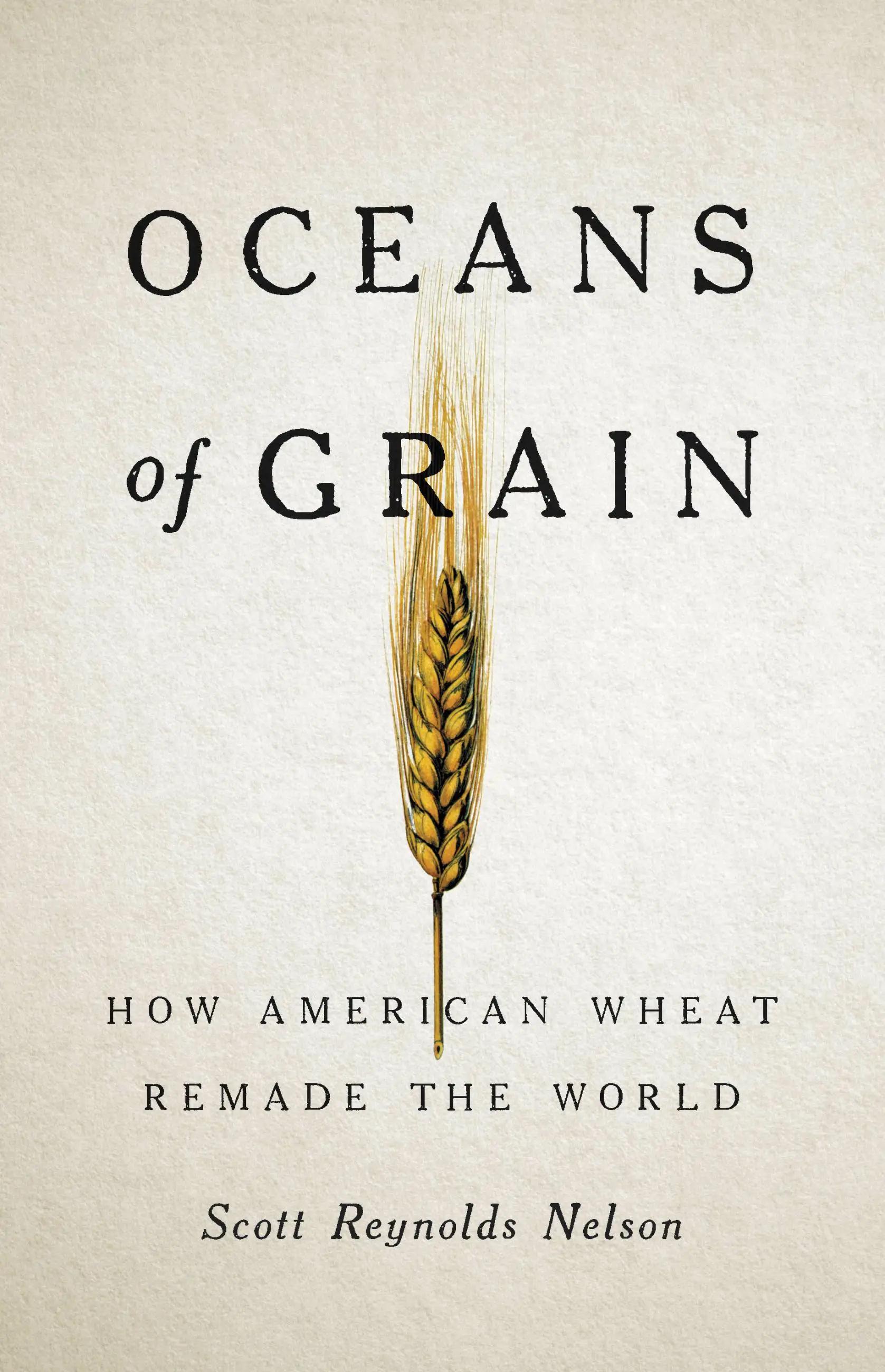It helped Europe that US wheat was finally becoming available. With rich soil, clear skies, and an immense bounty of sunlight, the central farmlands of the United States were among the most promising agricultural zones on the planet. European tariffs dropped starting in the 1840s, and then the Civil War pushed wheat-hostile slaveholders out of politics. Immediately after the slave states seceded, northern legislators started doling out western land, building railroads, and establishing agricultural colleges.
While US grain glided smoothly from field to port, Ukrainian wheat floundered on muddy roads. Odessa relied on carts—hundreds arriving daily, some from hundreds of miles away—to move its produce. The city only got its first train station in 1865, and this did little to speed the transportation of goods. Given the parlous state of Russian railways, in 1880 wheat cost more than six times as much to ship across South Ukraine as across the United States. The Russian railroad was less a “network,” huffed the British consul, than “separate thread lines which run parallel to one another.” Even after the rail station opened in Odessa, it was years before a trip to Moscow became possible—by a route hundreds of miles longer than necessary.
Meanwhile, US wheat entered European markets with detonating force. Nelson notes how dynamite, patented in 1867, allowed engineers to blast tunnels through mountains, enlarge rivers, and deepen ports for the reception of larger ships. They used the explosive to widen the mouths of importing cities to accommodate “the firehose of cheap American wheat,” Nelson writes. One of these “gullet cities,” Antwerp, saw its trade increase sixfold in just two decades.
The more boats full of grain crossed the Atlantic going east, the more merchants needed cargo to fill those ships’ holds on their returns. Millions of Europeans took advantage of this to gain cheap passage to the United States in steerage; the time of the US’s wheat boom was also its age of mass immigration. Among the immigrants were descendants of the German Mennonites whom Catherine the Great had recruited to farm Ukraine. When their immunity from Russian military service expired, they moved from the steppe to the plains, where yet again they made new homes on treeless lands. They brought seeds of a hardy winter wheat, Turkey Red (named for the country, not the bird), which they spread liberally across the West. The wheat that once enriched Odessa would now enrich Omaha.
